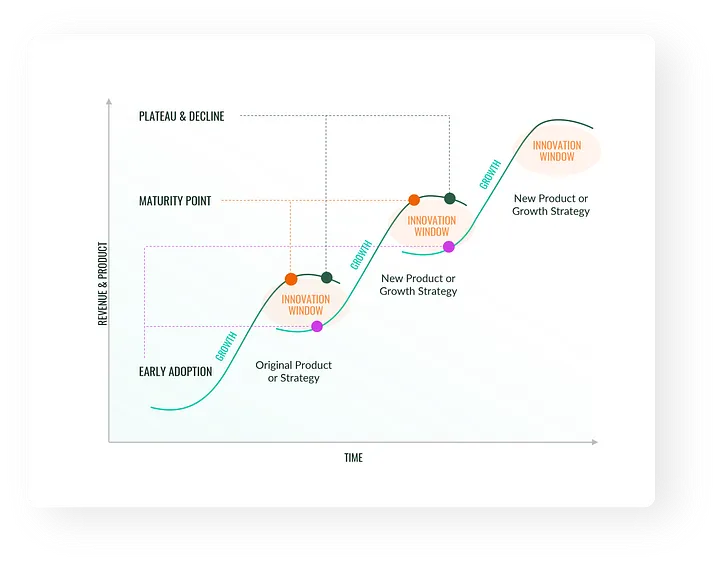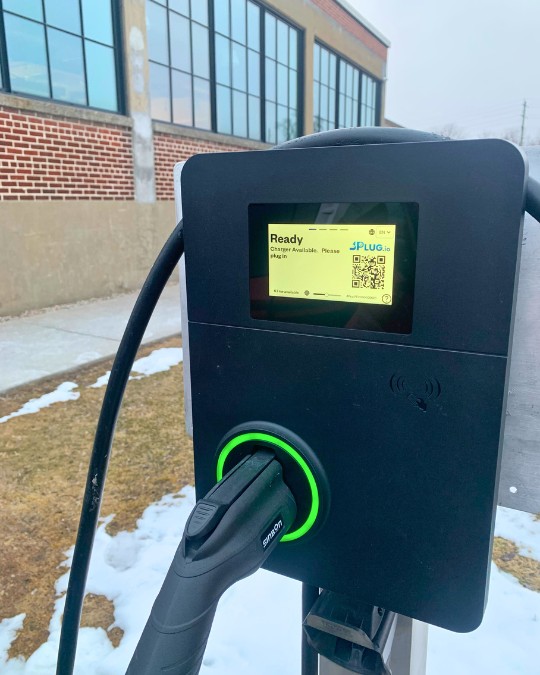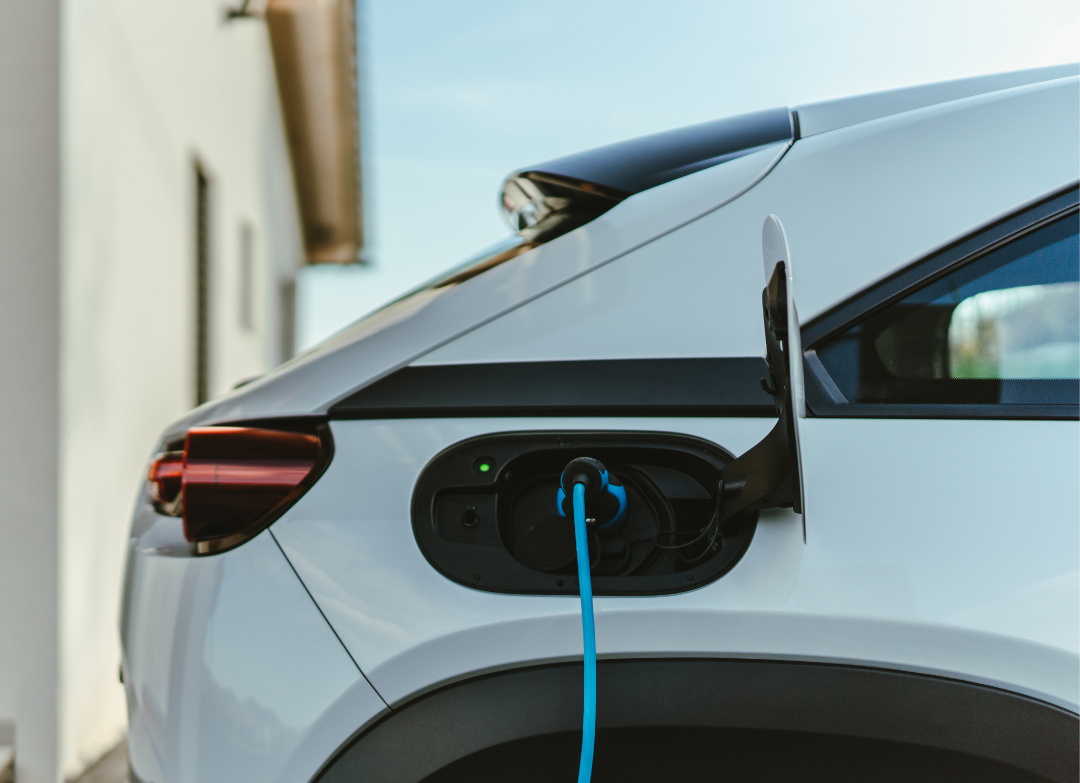As the automotive world continues its shift towards sustainable alternatives, Canada’s EV surge is sure to reach a critical tipping point in electric vehicle (EV) adoption. According to Michael Banks, Director at the Electric Vehicle Council of Ottawa (EVCO), the country is on the verge of a major transition, with 2024 emerging as a key year for Canadian EV market growth.
Banks’ data-driven analysis, rooted in a predictive mathematical model, reveals that by 2028, EVs could account for more than half of all new cars sold in Canada, marking a transformative step toward widespread EV adoption. Banks’ model is based on the “Technology Adoption S-Curve” which tracks how disruptive technologies gain traction over time.
Understanding the S-Curve of Technology Adoption

This model, originating from sociologist Everett Rogers’ “Law of Diffusion of Innovation”. It reveals that new technologies rarely grow in a linear fashion. Instead, they experience an “S-curve” trajectory—initial slow growth among early adopters, then rapidly accelerate as they reach the critical mass, and hit a plateau as the market becomes saturated.
According to Banks, Canada’s EV market is now shifting from the “Early Adopters” phase into the “Early Majority” phase, with EVs expected to capture 15.45% of new vehicle sales this year.
“EV adoption in Canada closely follows this curve” explains Banks. His projections align with data from Statistics Canada, which shows an impressive 49.38% year-over-year growth in EV sales for 2023. The nation saw 184,578 new EVs on the road this year, more than the combined sales from 2011 to 2019. “If the current growth rate holds, we could see over half of new vehicles sold by 2028 being electric,” Banks adds.
Factors Driving Canada’s EV Surge
Banks emphasizes that this accelerated growth isn’t solely due to consumer enthusiasm. This rapid growth is due to:
- Increased government incentives
- Expanded charging infrastructure
- Greater awareness of EVs’ environmental benefits
Have all contributed to making EVs a more viable option for Canadian drivers.
However, traditional automotive and oil industries have actively campaigned to slow down this shift, questioning the reliability and practicality of EVs for regular drivers to retain market share. Despite these efforts, data-driven projections highlight that the transition is not only well underway but accelerating.
Advancements in charging infrastructure play a crucial role in supporting the transition to electric vehicles. For example, condo and apartment residents have increasingly looked to install EV chargers, enhancing accessibility for Canadians who may lack easy charging options at home. These types of infrastructure improvements help facilitate broader EV adoption by making charging more convenient and accessible, particularly for those without dedicated home charging. To learn more, check out our post Efficient Condo EV Charger Installation Tips for helpful insights on this topic.
As Canada heads toward this new future, experts like Mike Banks bring critical insights into the journey and the expected impact. His data reinforces a clear message:
EV adoption is on the rise, and the electric future in Canada is becoming a reality.
If you’re interested in a deeper dive, be sure to read the full original article written by Mike Banks here and explore Banks’ complete insights on EV adoption and its implications for Canada.
With market forces and consumer demand aligning, Canada’s EV adoption curve is on an upward trajectory, bringing the nation closer to a cleaner, more sustainable transportation future.
Contact us today to explore how we can help you embrace the electric revolution!



